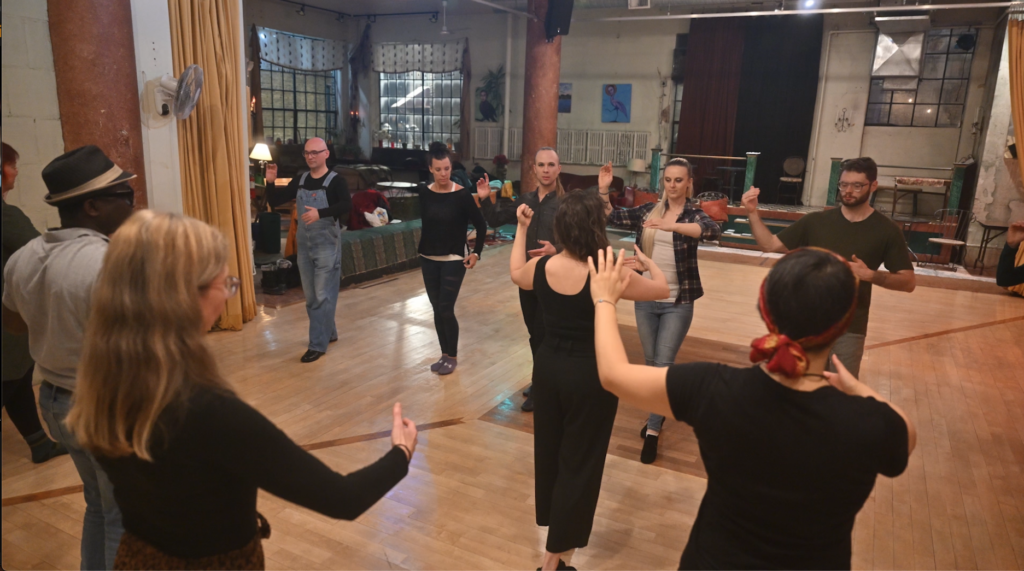Dancing Argentine Tango enhances your ability to recognize your own body and become familiar with your hips and legs. Attending numerous milongas can strengthen your abs, back, and glute muscles, while toning the biceps and adductors, leading to improved posture and equilibrium.
If you engage in Argentine tango for a continuous two-hour session at a milonga, you can burn approximately 420 calories. However, this scenario is unlikely and may not be enjoyable. Remember that quality is more important than quantity in tango. Music tandas typically consist of three or four songs arranged by the orchestra or genre. Afterward, it is customary to return to your seat, relax, have a drink, and, if the moment arises, dance a little more.
Furthermore, it is essential to remember that a milonga is a social dance performed as a couple and should not be mistaken for gym activities or an aerobics exercise class. They are entirely different! While dancing to a faster and more energized tanda of music can raise your heart rate and make you sweat, the goal of going out to dance should not be equated to the exercise you would typically get in a gym. Exercising at the gym or at home helps improve your dancing skills when socializing.
Nevertheless, numerous studies have explored the effects of tango on various body parts. The Centers for Disease Control in the United States, for example, have highlighted the following:
- Falls are the primary cause of accidental injuries and deaths among the elderly.
- Balance is a key factor contributing to falls among older individuals.
- Exercise programs, including dance, can enhance balance in adults.
- Dancing with a partner throughout life increases the likelihood of better motor skills and a sense of balance as one ages.
Attending tango classes alone allows you to dance with multiple partners, which is a delightful experience. Dancing with different people provides surprising insights and contributes to technical refinement and personal growth.
Furthermore, technical classes offer an opportunity to explore dancing in heels, further develop body control within the tango embrace, whether with a partner or alone. This aspect is crucial and beneficial so that when you dance at a milonga, you can focus on technique, overcome the fear of falling, and fully immerse yourself in the moment, paying attention to your partner’s embrace and your own sensations, rather than treating the milonga as a gym session focused solely on steps.

Have a question about this article? Ask Miriam!